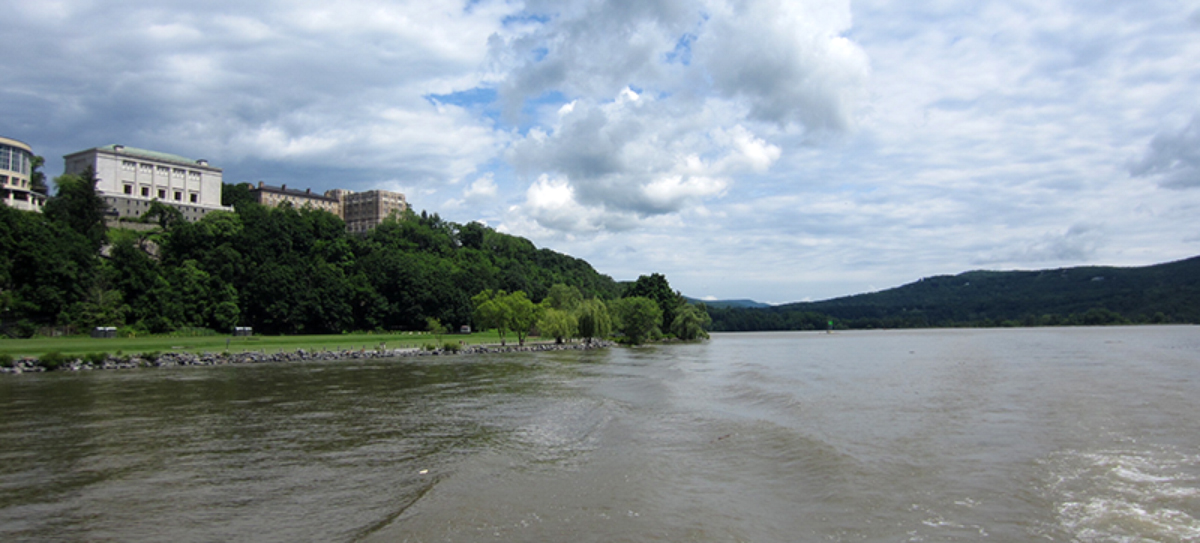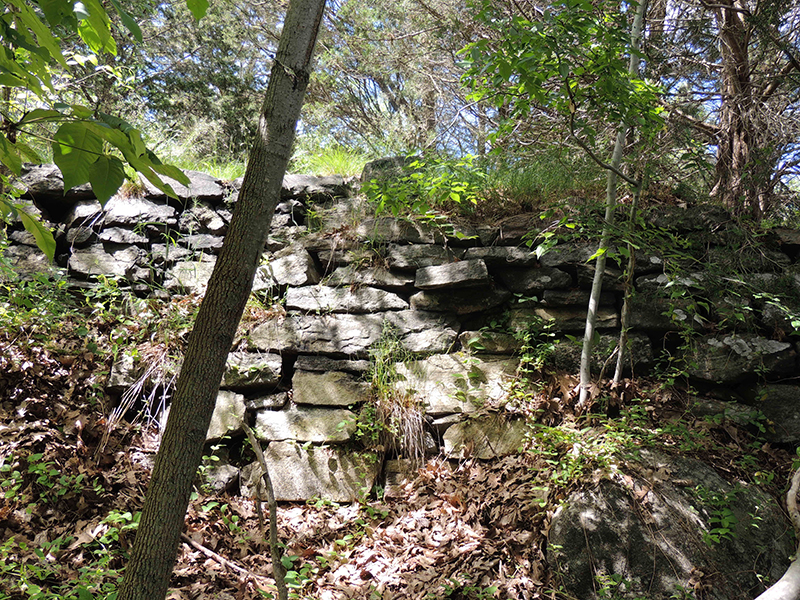Lanthorne (Lantern) Battery
SIGNIFICANCE:

Lanthorn Battery is built upon the spot that gives West Point its name – the prominent point of land on the west side of the Hudson River. Designed by Polish Engineer Colonel Thaddeus Kosciuszko and located on what is now Gee’s Point, Lanthorn Battery could protect the southern approach to the bend in the river, the bend itself, and the Great Chain. Any British ship attempting to round the point would have been exposed to fire from South Battery, Water Battery, Lanthorn Battery, and Chain Battery respectively. In addition, it was located at the terminus of the road that had been cut from the plain to the river for resupply – the Revolutionary Cannon Road.
The Battery contained three guns in 1778 (18-, 12-, and 9-pounders). Resting on a dry-laid stone foundation, the parapet would have been constructed of timber walls, filled with gravel, some six to seven feet deep. Several lighthouse- type structures have been built on the Point since the American Revolution to warn sailors of the dangers inherent in navigating the S-shaped curve at the deepest point in the Hudson, World’s End, at a depth of 202 feet.

It is possible to preserve the retaining walls of the battery stacked by the Revolutionary soldiers in 1778-1779 and to indicate where the cannons were emplaced and to illustrate their range of fire.

